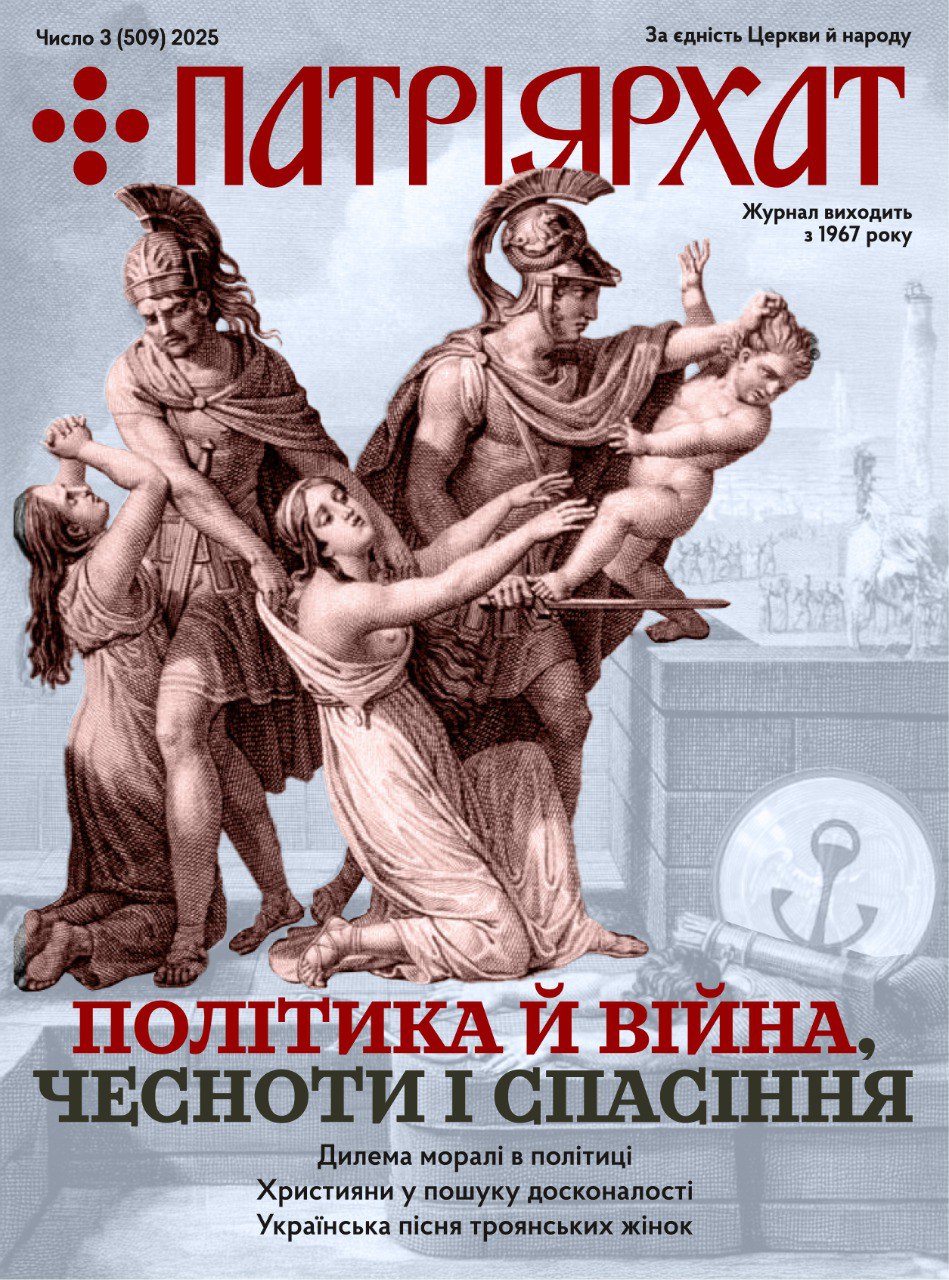Recent historical research has confirmed the fact that the “Rus-Ukrainian” Church from its inception shared an autonomous status and was self-governed as were the other Eastern Churches of the Universal Church before the schism of 1054.
The Seventh Church Council (787) established a rule that the churches of all newly converted nations would be outside the jurisdiction of the patriarchs. By the 8th Century, such autonomous churches existed in Georgia and Armenia where the heads of these national churches bore the title of “Catolicos,” while in Bulgaria the head of the Bulgarian Church had the title of archbishop.
According to the historian Vernadsky, the Rus-Ukrainian Church, being a national church, was also administratively independent and its archbishops had the same rights and functions as patriarchs in other Eastern Churches.
Recent Soviet Byzantine historians have confined this view. Likewise contemporary chroni cles describing an event in 1025 clearly prove that then Archbishop of Rus-Ukraine acted as an independent head of his church. In that year he on his own authority declared’ two publicly revered Kievan Princes, Boris and Hlib, who had been murdered, to be saints and made the day of their murder a church holy day. The right to canonize saints was, of course, a right reserved exclusively to patriarchs and archbishops having patriarchal rights.
Furthermore, the chronicles also refer to Archbishop loan’s residence as “Eklesia Catolikani,” equating it with the residences of neighboring “Catolicos” and recognizing that the Archbishop of Rus-Ukraine has equal status with them.
Thus from its very inception the “Rug-Ukrainian” Church was an autonomous church within the Universal Church.

